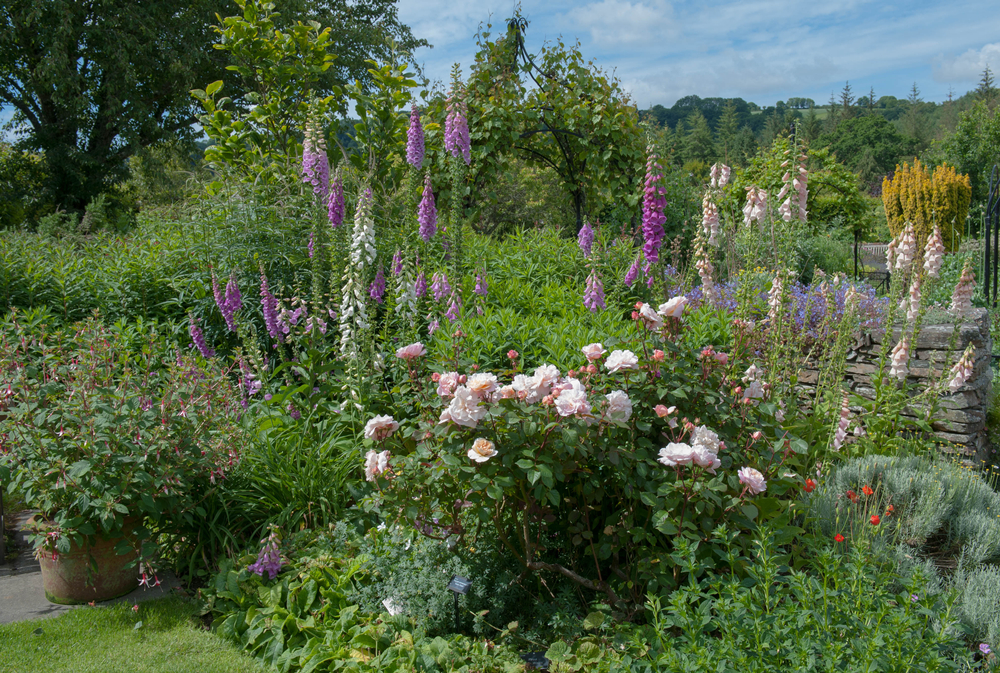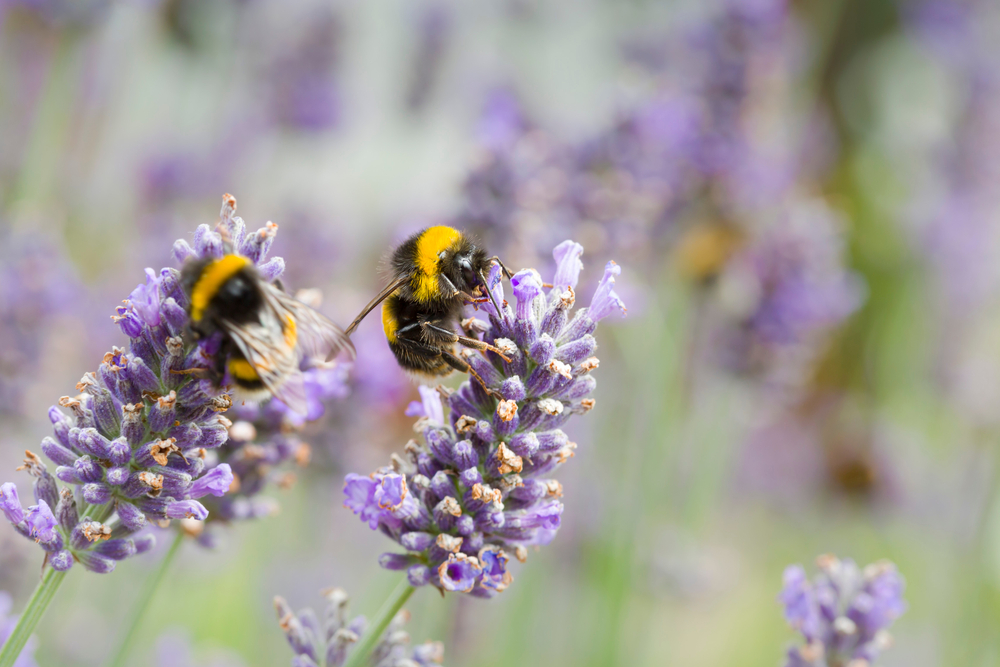The Blackmore Vale, nestled in the heart of Dorset, is a region known for its rolling green landscapes, charming villages, and a deep connection to nature. The mild climate and fertile soil make it an ideal place for cultivating a variety of flowers, many of which have been growing here for centuries. Whether you’re an experienced gardener, just starting out, or even looking for inspiration to brighten someone’s day—perhaps by deciding to send flowers to Australia as a thoughtful gift—choosing the right plants for this region will ensure a flourishing and vibrant garden.
Understanding the Blackmore Vale’s Climate
The temperate maritime climate of Blackmore Vale provides mild winters and warm summers, with steady rainfall throughout the year. This creates excellent conditions for growing native and traditional flower varieties. However, with the region’s clay-heavy soil, proper drainage is key to avoiding waterlogging, especially in wet months. Selecting hardy, well-adapted flowers will make gardening easier and more rewarding.

Best Local Flowers to Grow in the Blackmore Vale
1. Foxgloves (Digitalis purpurea) – These striking, tall flowers thrive in woodlands and cottage gardens. Preferring partial shade and well-drained soil, foxgloves attract bees and butterflies, contributing to the local ecosystem.
2. Primroses (Primula vulgaris) – A springtime favorite, primroses flourish in damp, shaded areas. They are perfect for garden borders and bring an early burst of color after winter.
3. Cowslips (Primula veris) – Often found in meadows, cowslips are excellent for wildflower gardens. They do well in sunny spots with well-drained, slightly alkaline soil.
4. Meadow Cranesbill (Geranium pratense) – A hardy perennial with violet-blue flowers, meadow cranesbill requires minimal care and thrives in both sun and partial shade.
5. Oxeye Daisies (Leucanthemum vulgare) – These cheerful wildflowers are a common sight in Blackmore Vale’s fields and meadows. They prefer poor, well-drained soil and need little attention once established.
● Soil Preparation: Improve heavy clay soil by adding compost and grit to enhance drainage. Most native flowers prefer well-drained, nutrient-rich soil.
● Watering Wisely: While natural rainfall often provides enough moisture, young seedlings and newly transplanted flowers may need additional watering during dry spells.
● Mulching for Protection: Applying mulch around plants helps retain moisture, suppress weeds, and enrich the soil. Organic mulch like bark chips or leaf mold works best.
● Encouraging Pollinators: Native flowers attract bees, butterflies, and other beneficial insects. A diverse mix of plants ensures a healthy, pollinator-friendly garden.

● Spring: Start seedlings indoors before transplanting them outdoors. Keep soil moist to support early growth.
● Summer: Deadhead foxgloves and geraniums to extend their blooming period. Deep watering is necessary during dry spells.
● Autumn: Divide perennials like meadow cranesbill to promote stronger growth for the next season. Collect seeds from wildflowers for future planting.
● Winter: Protect tender plants from frost by applying mulch or fleece. Prune back dead foliage to encourage healthy regrowth in spring.
Bringing the Beauty of the Blackmore Vale to Your Garden
Gardening in Blackmore Vale is more than just a hobby—it’s a way to connect with the region’s rich landscape and biodiversity. Whether you’re cultivating a wildflower meadow, a cottage-style garden, or a simple backyard retreat, these native flowers will thrive with the right care.
And while tending to your own garden can be incredibly rewarding, sometimes sharing the beauty of flowers with others is just as meaningful. Let the natural beauty of Blackmore Vale inspire you to grow, give, and celebrate flowers in every way possible.















